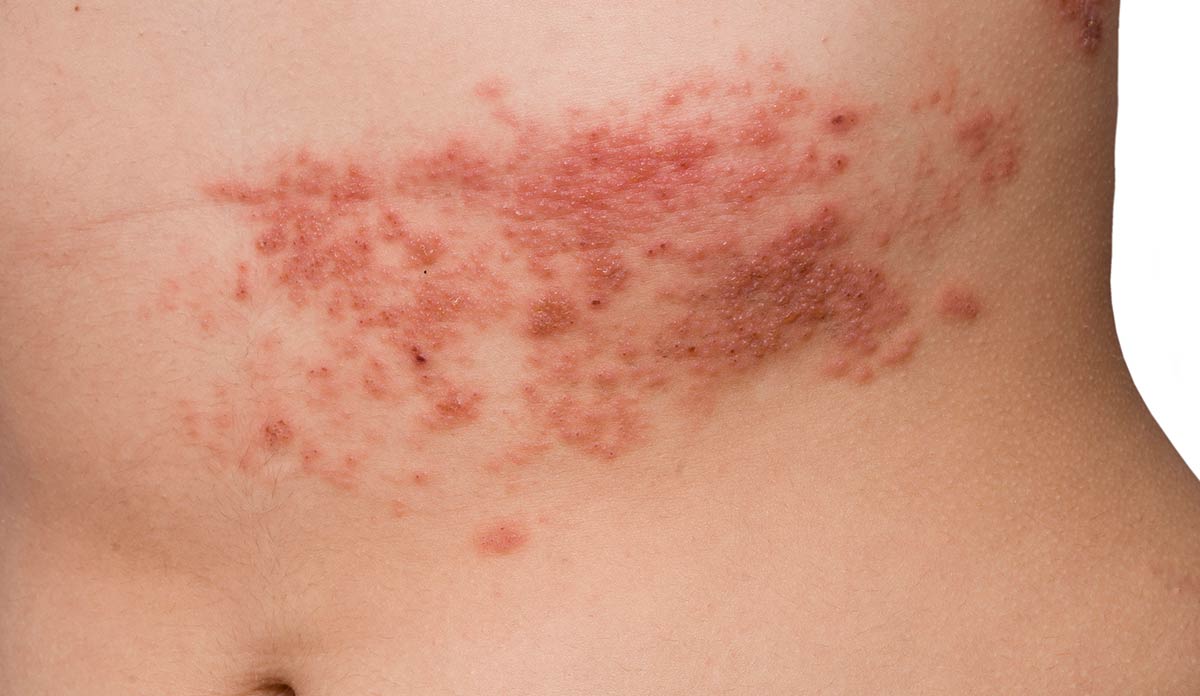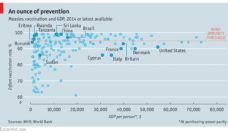Herpes zoster, commonly known as shingles, occurs when chickenpox stays dormant in the body after infection and reactivates later in life. Scientists are unclear as to what causes the reactivation of the virus, but shingles impacts about 1 million people every year in the United States.
Many adults know about shingles as a condition, but not all are aware of the pain and discomfort it causes. Shingles usually presents in the form of a burning, itching rash, featuring blisters and scabs that cause immense pain to the patient. The most common complication of shingles is postherpetic neuralgia, or nerve pain, that continues to occur up to three months after the rash heals.
While two vaccines, Zostavax and Shingrix, are available to help prevent shingles, not many adults opt to receive them. When doctors recommend the shot, patients tend to brush it off, questioning the effectiveness. And some delay vaccination, stating they will get it when they are older.
Shingles can also impact patients financially. In 2010, the estimated additional health-care costs during the year after diagnosis, due to postherpetic neuralgia, averaged at $1,300 per Medicare patient.
Study results found a seven-fold increase in new vaccinations within the first month after spousal shingles cases. This suggests that, until people are able to personally witness the debilitating effect of shingles, they may not feel compelled to get vaccinated.
A 2017 study examined whether personal awareness of shingles may improve an individual’s likelihood of deciding to get vaccinated. Using Medicare data, researchers studied beneficiaries age 60 or older whose spouses who had already gotten the disease. Researchers then assessed whether individuals were influenced by the severity of their spouses’ rash.
Study results found a seven-fold increase in new vaccinations within the first month after spousal shingles cases. This suggests that, until people are able to personally witness the debilitating effect of shingles, they may not feel compelled to get vaccinated. Health professionals need to personalize awareness efforts to better communicate just how agonizing shingles can be.
This study used 2013-2014 data on uptake of the Zostavax vaccine which, until recently, was most recommended for people aged 60 years or older. Shingrix is the currently preferred vaccine, and has demonstrated some superiority in preventing shingles compared to Zostavax. It is unclear whether this new recommended vaccine will change trends in shingles vaccination behavior. Cost and insurance coverage may also play a role, as will the number of shots necessary to be fully vaccinated. Shingrix is a two-dose shot, whereas Zostavax only requires one injection.
Feature image: franciscodiazpagador/iStock













